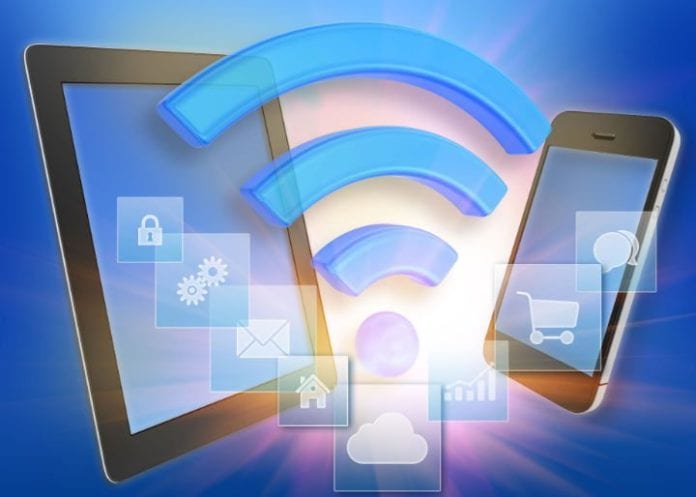Prototype uses Wi-Fi for power without detracting from data throughput
With an eye on Internet of Things applications, a research team at the University of Washington Seattle’s Sensor Systems Labs have developed a method to use Wi-Fi to power a camera.
The tech is called power-over-Wi-Fi and, in this use case, takes away the need to place a battery in the camera.
The broader implication for IoT, essentially connected objects and machines, is a method of energizing low-power devices without the need for a human interaction.
The camera was set up near a Wi-Fi hotspot and the ambient energy carried by Wi-Fi was gathered and stored in an internal capacitor. The camera collected enough energy to take a picture every 35 minutes.
The research team similarly demonstrated the technology using a temperature sensor.
The MIT Technology Review, in an article published this week, noted that power delivery is a significant hurdle in the development and deployment of IoT.
“One of the most significant barriers to deploying sensors, cameras, and communicators is the question of power,” according to the report. “The task of fitting a security camera on an external wall or a temperature sensor in an attic immediately runs into the question of how to run a power cable to the device or to arrange for batteries to be replaced on a regular basis.”
The article continued: “Great things are expected of the Internet of Things but only if engineers can solve one potential show-stopper of a question: how to power these numerous tiny machines.”
The research team in Seattle, led by PhD student Vamsi Talla, found that because Wi-Fi is normally broadcast in bursts, the power supply didn’t quite create enough juice for the camera.
That in mind, Talla and team configured the router to broadcast continuously on different channels, with one channel carrying the actual data generally associated with Wi-Fi use.
The researchers published their results through the Cornell University Library.
From the team’s abstract: “We show that a ubiquitous piece of wireless communication infrastructure, the Wi-Fi router, can provide far field wireless power without compromising the network’s communication performance.”
The researchers also dropped six prototypes in homes to understand whether the power harvesting functionality would interfere with the data rates consumers are accustomed to.
“Our design can successfully deliver power via Wi-Fi in real-world network conditions,” and not detract from data throughput.

